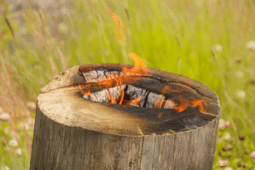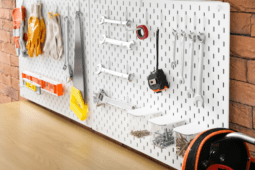How to Whittle – A Beginner’s Guide to Intricate Woodworking
Whittling is a rewarding and timeless hobby that connects you with nature and allows you to create beautiful, hand-carved pieces. Whether you’re a beginner or looking to refine your skills, learning how to whittle can be both relaxing and fulfilling. In this guide, we’ll walk you through the essential steps and tips to get started with whittling, ensuring you have a solid foundation to build upon.
Ready to take on life with unshakable confidence? Whether you’re aiming to excel in your career, improve your relationships, or conquer DIY projects, NLP Hero’s Confidence Course is your key to success. Click here to start transforming your confidence and be better at everything you do!
The Basics of Whittling and What You Need to Get Started
Before you begin your whittling journey, it’s important to understand the basics and gather the necessary tools. The primary tool you’ll need is a good-quality whittling knife. Opt for a knife with a comfortable handle and a sharp blade designed for carving. Additionally, you’ll want a honing stone to keep your blade sharp and a pair of cut-resistant gloves to protect your hands.
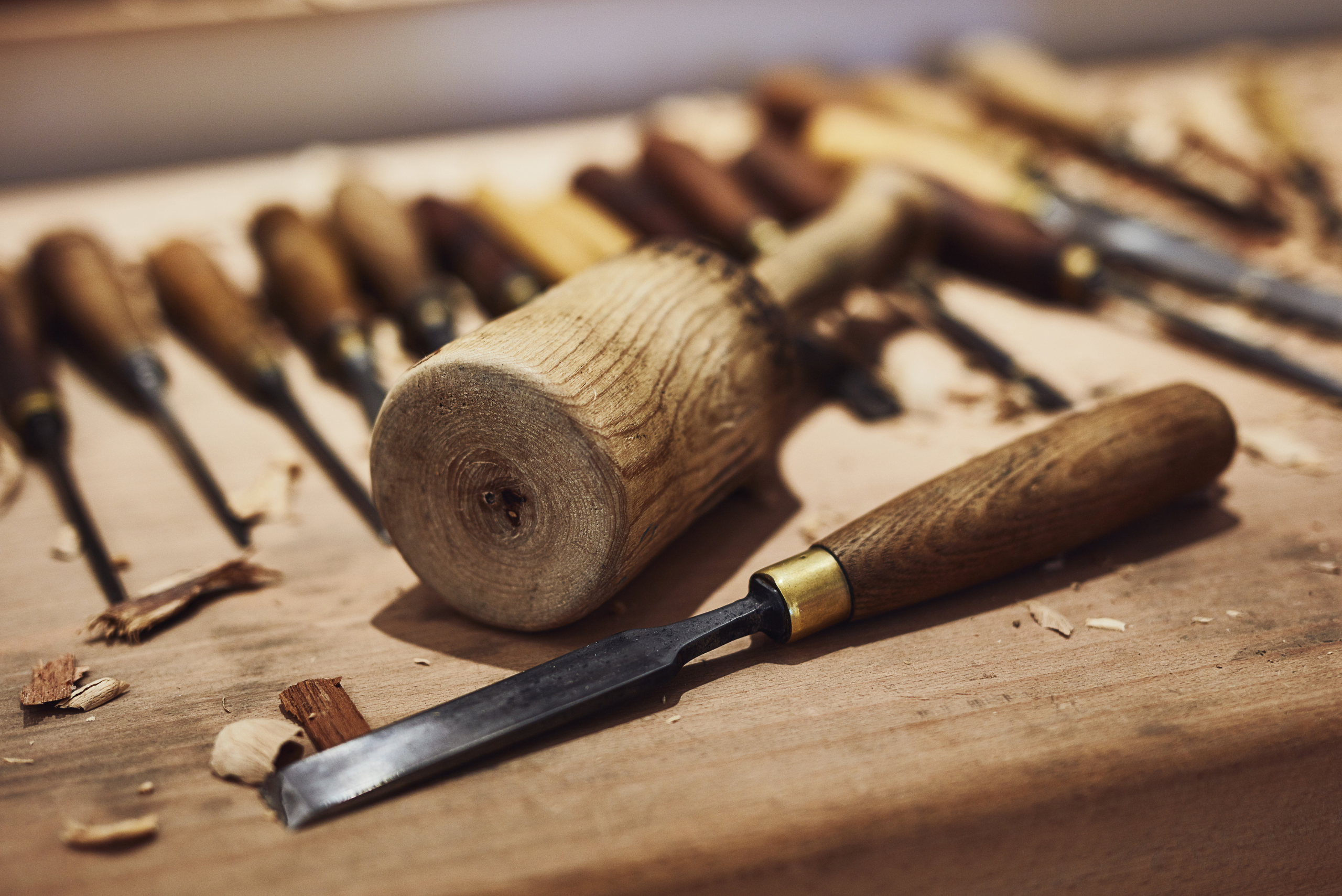
Selecting the right wood is also crucial for a successful whittling project. Softwoods like basswood, pine, and cedar are ideal for beginners due to their ease of carving. These woods have a fine grain and are less likely to splinter, making them perfect for practicing your skills. Once you have your tools and wood ready, you’re all set to start whittling.
Choosing the Right Projects for Beginners – Simple and Fun Whittling Ideas
When you’re just starting out, it’s best to choose simple projects that allow you to practice basic techniques without overwhelming you. Some great beginner projects include making small animals, spoons, or simple figurines. These projects are not only fun but also help you develop your skills gradually.
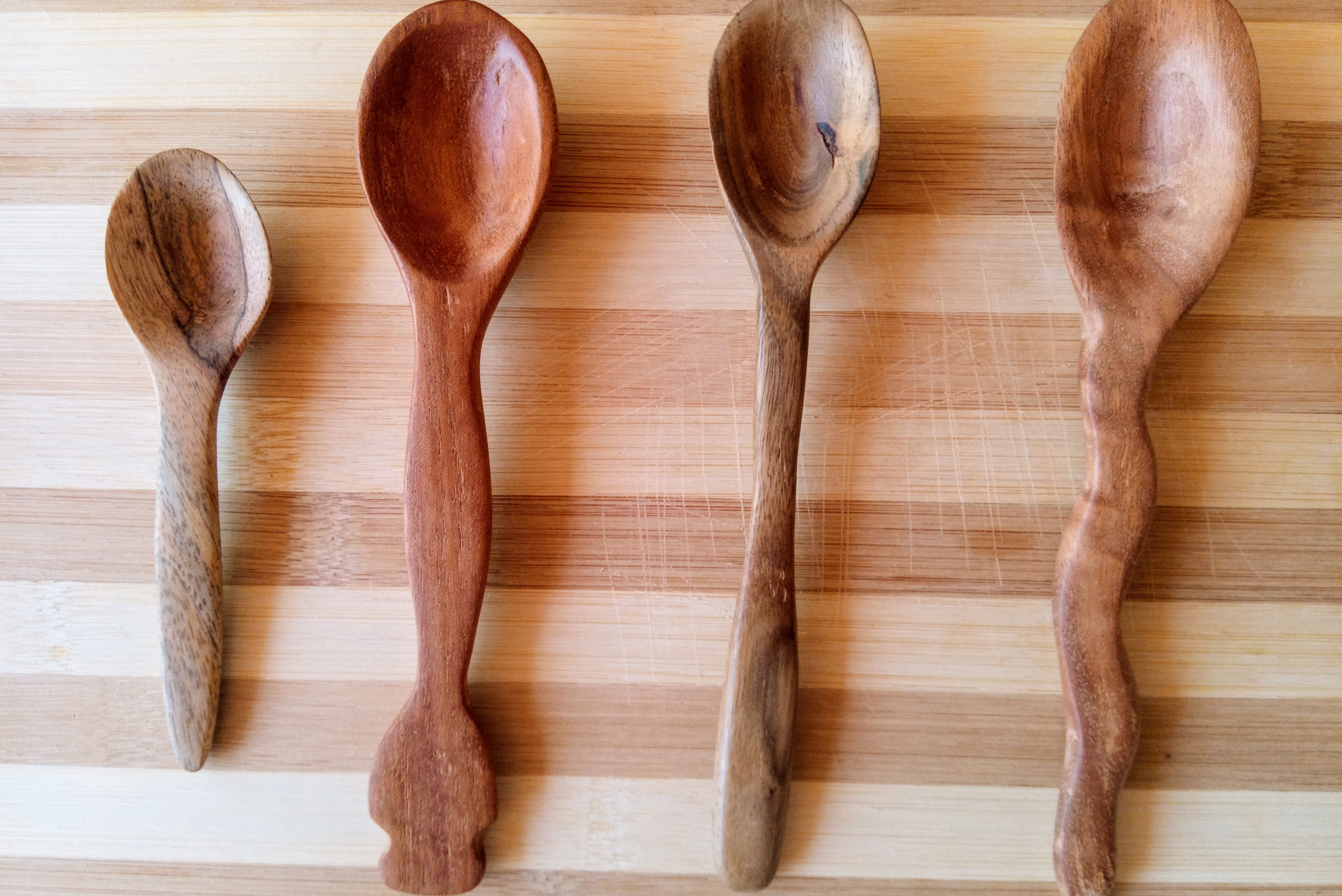
As you gain confidence and improve your technique, you can move on to more complex projects. Consider carving intricate designs or creating useful items like utensils and decorative pieces. The key is to start small and gradually challenge yourself with more detailed work as you become more comfortable with your knife and the carving process.

Mastering Basic Whittling Techniques – Essential Skills for Every Whittler
To become proficient in whittling, you need to master a few basic techniques. The most fundamental technique is the push cut, where you push the blade away from your body to remove small shavings of wood. This cut is essential for shaping and smoothing your project.
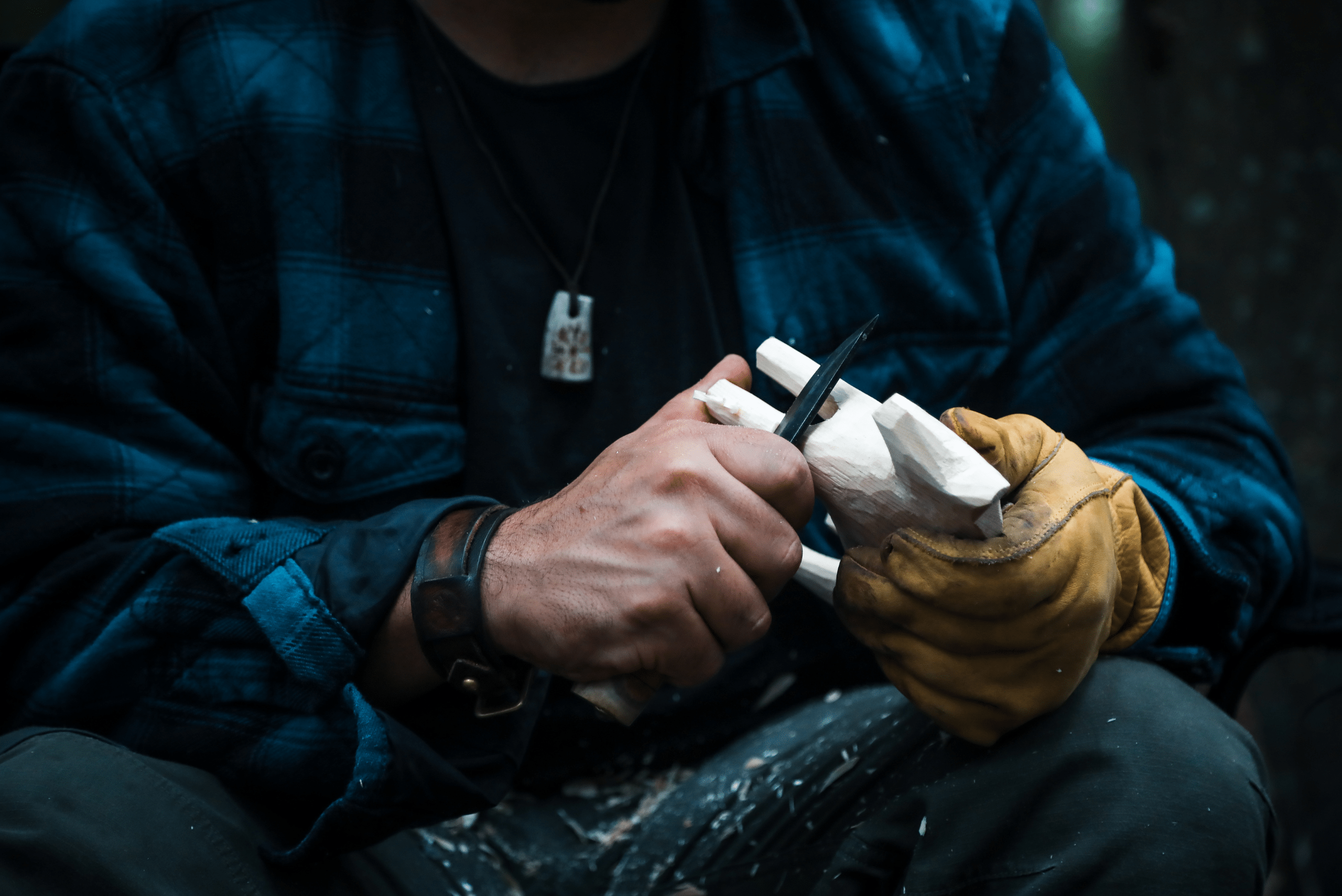
Another important technique is the pull cut, where you pull the blade towards you to make controlled cuts. This technique is useful for detailing and creating fine lines in your carvings. Additionally, learning how to make stop cuts, which involve cutting into the wood to create a stopping point for other cuts, will help you add depth and dimension to your projects. Practicing these techniques regularly will improve your control and precision in whittling.
Safety Tips for Protecting Yourself While Whittling
Safety should always be a priority when whittling. First and foremost, always use a sharp knife. A sharp blade requires less force to cut through the wood, reducing the risk of slips and accidents. Remember to carve away from your body and keep your hands behind the blade at all times.
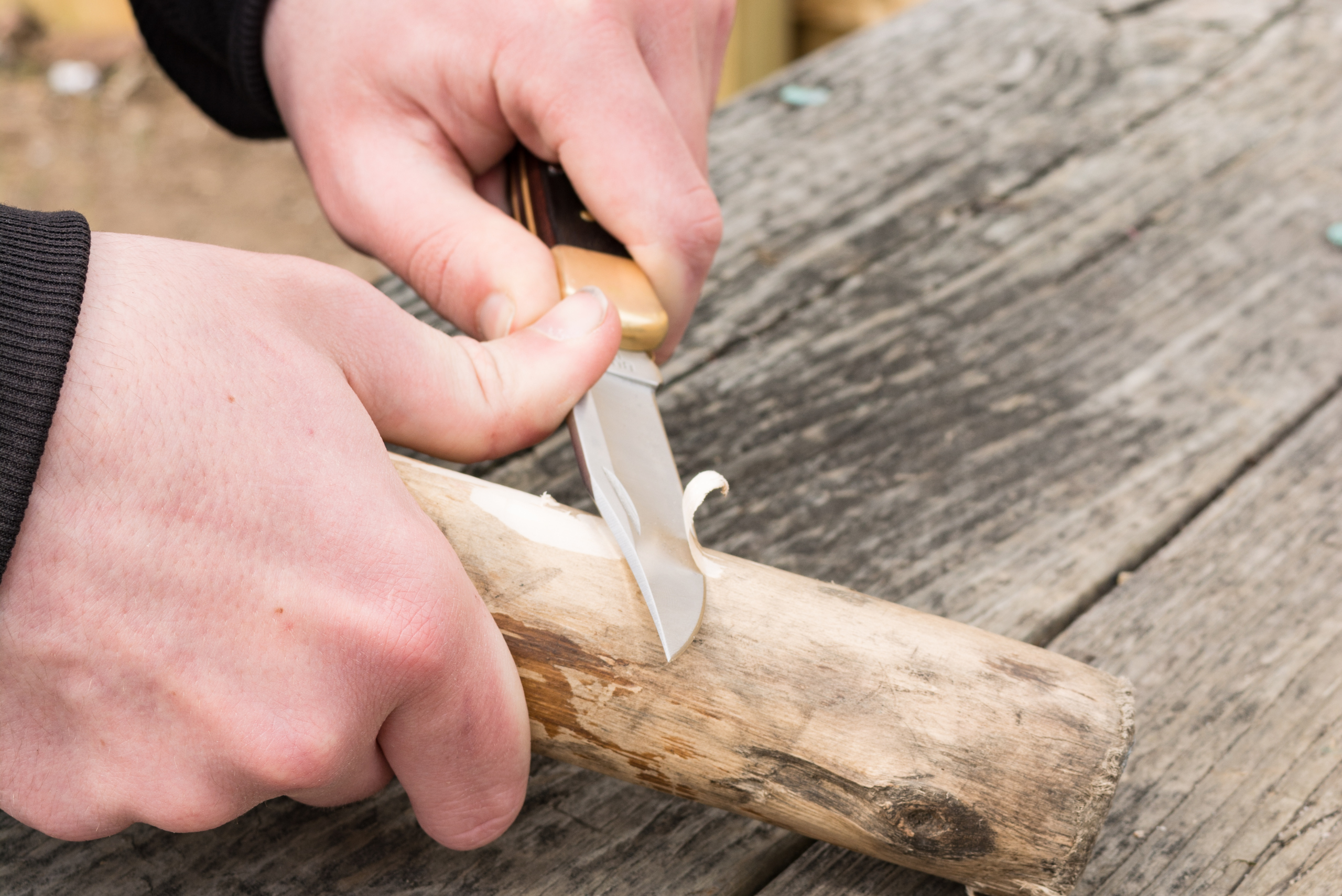
Wearing cut-resistant gloves is highly recommended, especially for beginners. These gloves provide an extra layer of protection and can prevent serious injuries. Additionally, take breaks as needed to avoid hand fatigue, which can lead to mistakes. By following these safety tips, you can enjoy whittling while minimizing the risk of accidents.
Advanced Whittling Techniques to Take Your Skills to the Next Level
Once you’ve mastered the basics, you may want to explore more advanced whittling techniques. One such technique is chip carving, which involves removing small chips of wood to create intricate patterns and designs. This technique requires precision and patience but can result in stunningly detailed pieces.

Another advanced technique is relief carving, where you carve a design into a flat piece of wood, creating a three-dimensional effect. This method allows for more intricate and lifelike representations in your carvings. As you continue to practice and experiment with these advanced techniques, you’ll find new ways to express your creativity and enhance your whittling skills.
Related Articles
- Wood Carving Ideas – Inspiration for Beginner Projects and Techniques
- Best Types of Wood for Beginner Woodworking
- Wood Carving Tools and Basics to Get Started
Whittling is more than just a hobby; it’s an art form that allows you to connect with nature, express your creativity, and create beautiful handmade items. As you learn how to whittle and expand your knowledge of different techniques, remember to start with the basics, practice regularly, and prioritize safety. With time and dedication, you’ll find immense satisfaction in seeing your skills grow and your projects come to life.
Ready to start your next project? Join our DIY community to receive tool tips, how-to guides, and exclusive creative insights. Subscribe to the ManMadeDIY newsletter now! Click here to unlock a world of hands-on inspiration.

